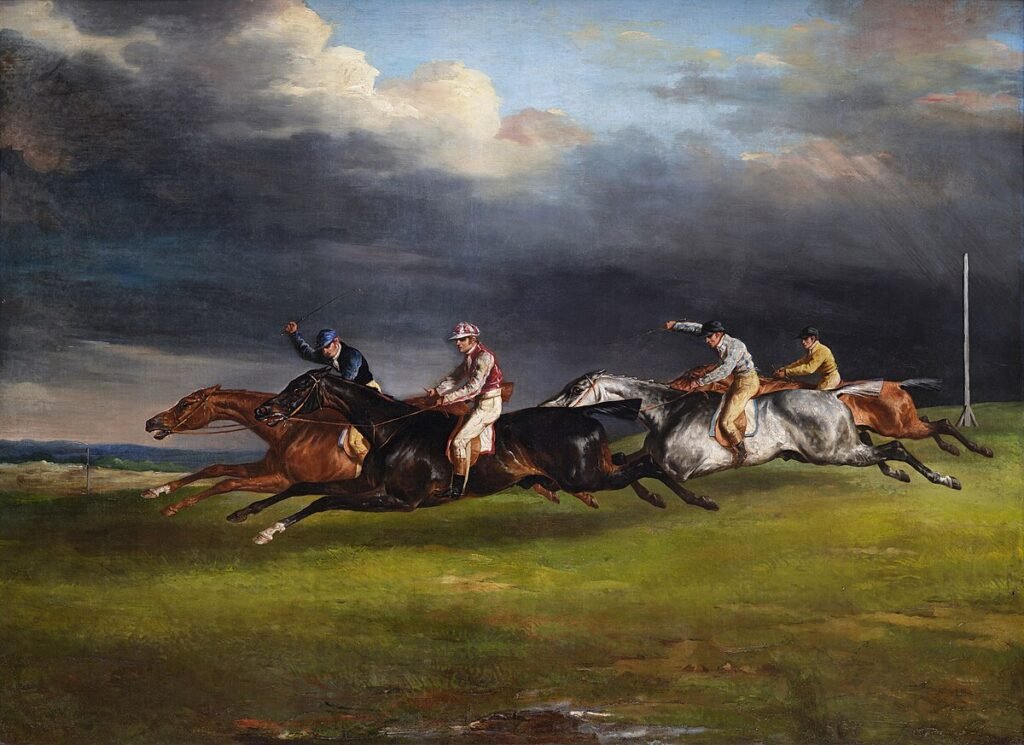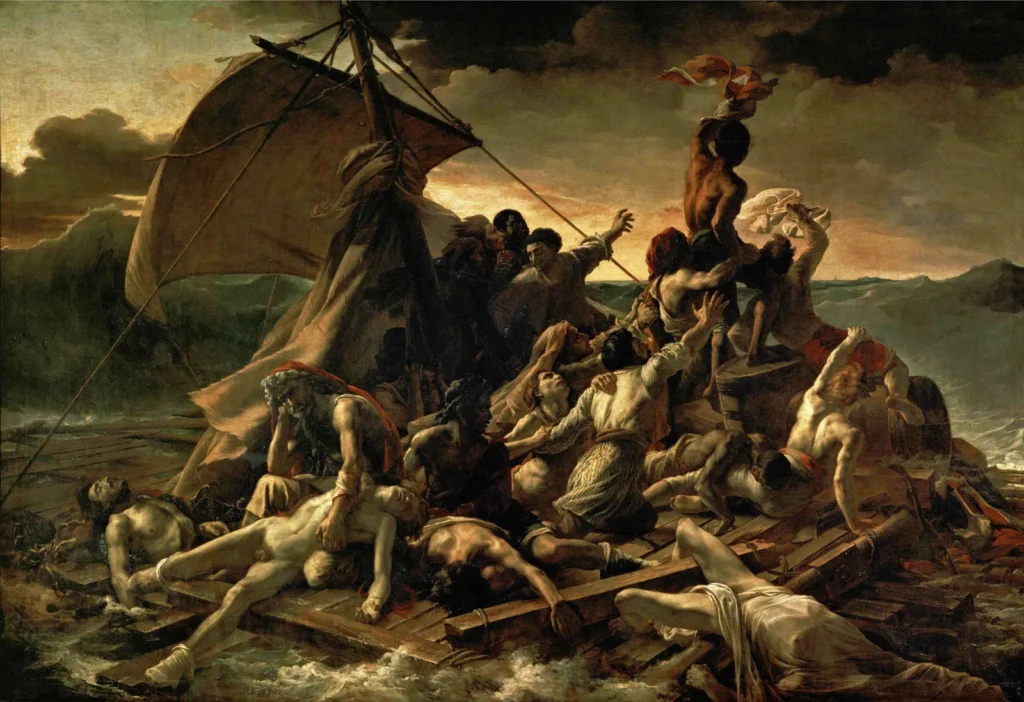Our way of seeing the world is never neutral, as we carry into each experience what are known as “mental habits”—sets of assumptions that filter reality.
When observing nature, we tend to believe it must correspond to the images we are familiar with. Yet these images often stem from invisible conventions. In the interaction between the subject who sees and the object that looks back, what comes to light are not only our expectations but also the technical and cultural limitations of each historical period.
These mental habits, defined by historians as shared assumptions, shape how we interpret both artistic and scientific images.
When we “see” a galloping horse with all four legs in the air, we rarely question that this is a pictorial convention. We accept as natural that which tradition has repeated and validated.
However, this dialectical relationship between the one who sees and what is seen invites us to reflect: what are we really looking at — and what is looking back at us?

The Play of Gazes Between Art, Technology, and Perception
In 1821, Théodore Géricault painted The Epsom Derby with striking drama. The horses seem to float, their front and hind legs suspended, capturing motion and strength. This depiction became dominant because it aligned with the Romantic ideal, embedding itself in the mental habits of the time.
No one questioned whether a horse actually keeps all four legs off the ground simultaneously. Thus, the painting acted as an interpreter of its era, establishing visual conventions that define not only what we see, but also, in a way, what gazes back at us.
In 1872, Eadweard Muybridge changed how we see galloping. He used his photo series The Horse in Motion. He used multiple cameras in a sequence. So, he revealed that all four hooves are never in the air. At least two hooves always support the animal’s body.
This record challenged previous pictorial conventions. It compelled a new way to imagine movement. It reshaped our habits regarding the natural world. Photography then became a critic and a corrector. It challenged inherited perceptions. It showed that our sight must engage with technology.
To say Géricault was wrong overlooks his context. He interpreted the collective gaze of his time. He also worked within his era’s technical limits. Muybridge, on the other hand, used emerging science. He aimed to expand and revise visual conventions.
Both artists took part in a reflexive exchange. This was between the observer and the observed. In this interplay of gazes lies a key dynamic. It is the dynamic between art, technology, and perception.
Ultimately, how we construct reality depends on our tools. It also depends on our mental habits. We must see that our vision is embedded in habits. What looks back at us reflects its own apparatus. This is true for painting or photography. This is crucial for a critical reading of an image.



